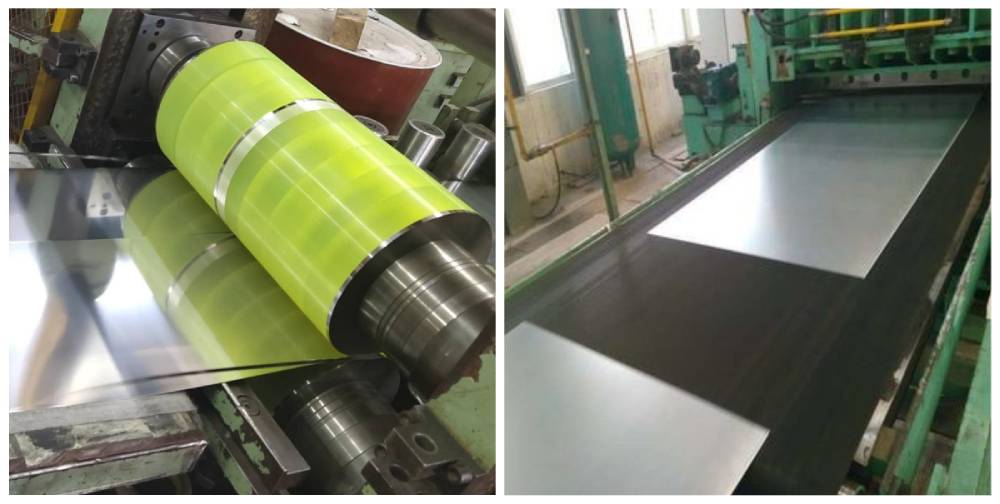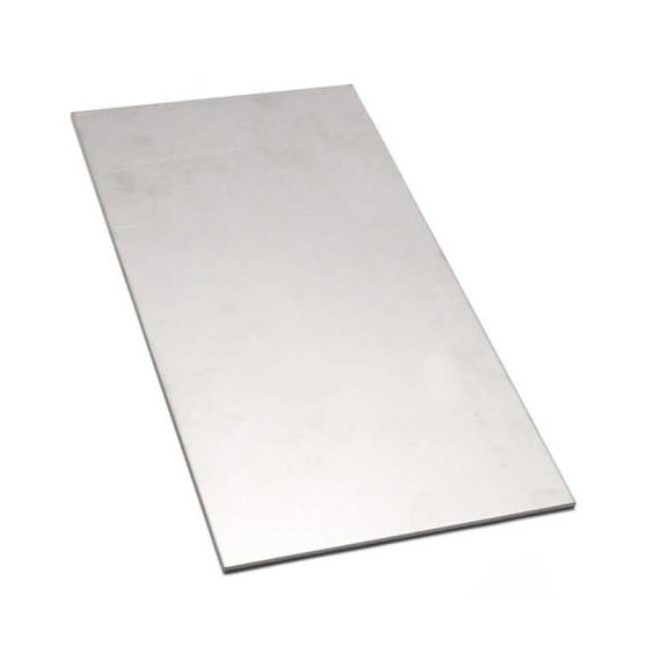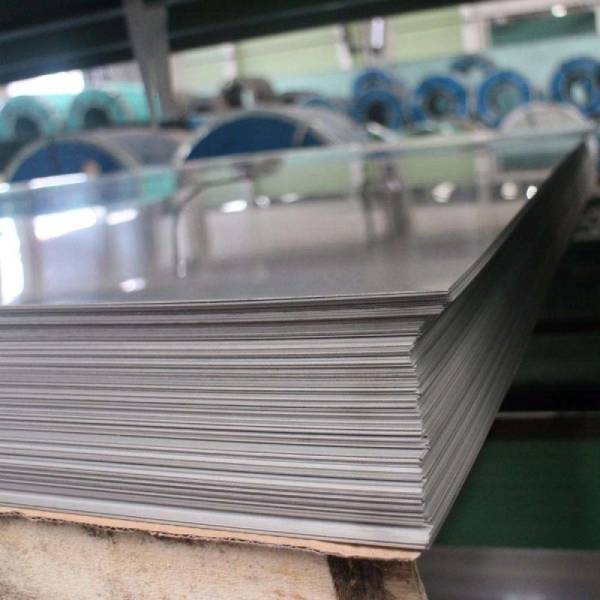High Quality Inconel 718 Nickel Alloy Steel Sheet For Power Generation Equipment





High Quality Inconel 718 Nickel Alloy Steel Sheet For Power Generation Equipment
Feature
-
Nickel-based alloy steel sheet refers to a kind of alloy with high strength and certain anti-oxidation and corrosion ability at high temperature of 650 ~ 1000℃.
Specifications
1). Material: Incoloy800/800H/800HT、840、Inconel600/601/602CA、A286、188、262、617、718, as per customer’s requirement
2). Packing: standard sea-worthy packing
3). Surface treatment: punched, welded, painted or as per customer’s requirement
4). Size: 3-25mm, according to customer’s requirement
Classification
1). Super alloys can be divided into high-temperature alloy, nickel-based super alloys and cobalt-based super alloys according to different matrixes. Among them, nickel-based super alloy is called nickel-based alloy for short.
2). According to the main properties, it is subdivided into nickel-based heat-resistant alloy, nickel-based corrosion-resistant alloy, nickel-based wear-resistant alloy, nickel-based precision alloy and nickel-based shape memory alloy, etc.
Feature
Nickel alloy steel sheet is the most widely used and strongest material in super alloys. The name of super alloys is derived from the material characteristics. Including:
1).Excellent performance: it can maintain high strength at high temperature, and has excellent mechanical properties such as creep resistance and fatigue resistance, oxidation resistance and corrosion resistance, and good plasticity and weld ability.
2) The addition of alloys is extremely complicated: more than ten alloying elements are often added to nickel-based alloys to improve the corrosion resistance in different environments; And solid solution strengthening or precipitation strengthening.
3) The working environment is extremely harsh: Nickel-based alloys are widely used in various harsh conditions, such as the high-temperature and high-pressure part of the gas chamber of space flight engines, the structural parts of nuclear energy, petroleum and marine industries, and corrosion-resistant pipelines.

Application
Nickel-based alloy plates are widely used in many fields, such as:
1)Ocean: marine structures in sea environment, seawater desalination, seawater culture, seawater heat exchange and so on.
2)Environmental protection field: flue gas desulfurization device for thermal power generation, wastewater treatment, etc.
3)Energy field: atomic power generation, comprehensive utilization of coal, tidal power generation, etc.
4)Petrochemical field: oil refining, chemical equipment, etc.
5)Food field: salt making, soy sauce brewing, etc.










